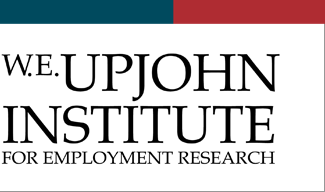The Role of Postsecondary Education in Welfare Reform: Ohio's JOBS Student Retention Program
Source
Evaluation Review 26(6): 618-644
DOI
10.1177/0193841X0202600603
Publisher
Sage Publications
Sponsorship
Funded by the State of Ohio
Subject Areas
EDUCATION; Postsecondary education; UNEMPLOYMENT, DISABILITY, and INCOME SUPPORT PROGRAMS; Poverty and income support; Income support programs
Get in Touch With The Expert
Want to arrange to discuss this work with the author(s)? Contact our .
Citation
Hollenbeck, Kevin M. and Jean Kimmel. 2002. "The Role of Postsecondary Education in Welfare Reform: Ohio's JOBS Student Retention Program." Evaluation Review 26(6): 618-644. https://doi.org/10.1177/0193841X0202600603

